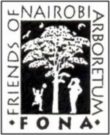Nairobi Arboretum is a dry forest type of vegetation. It holds a large collection (over 350 species) of indigenous and exotic of trees, shrubs and grasses from tropics and throughout the world. Its diverse vegetation includes a variety of mature trees and woody shrubs. The tree inventory identified and recorded trees with trunks over a diameter of 15 cm, but many small saplings and woody shrubs were not included. The collection includes a mix of both indigenous and exotic plant species originating from all parts of the world.
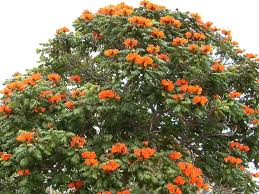
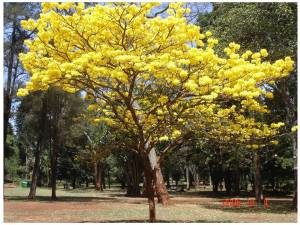
The trees have, however, been randomly planted to no obvious plan: mixtures of exotics of different genus and origin being interspersed with indigenous species. The creation of thematic planting exhibits in any chosen location will, therefore, be problematic and it is suggested that further study is undertaken to survey the smaller trees and shrubs, to analyze the tree collection and to expand the data collected in the tree inventory study.
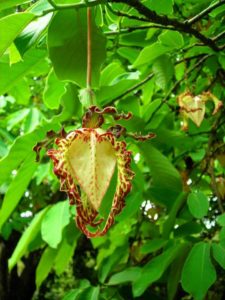
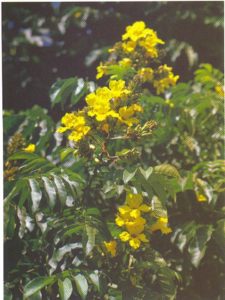 Much of the existing vegetation is overgrown and in need of pruning, thinning and removal (in the case of dangerous hanging trees and branches). Little maintenance work has been carried out in recent years and weed species (for example Lantana and Furcraea) have, in some areas, taken over the under storey layer, suffocating more fragile species. Considerable selective clearance and pruning work is therefore urgently required to prevent further loss of species. After clearing, consideration should be given to planting unrepresented species to be led by FONA, KFS and NMK.
Much of the existing vegetation is overgrown and in need of pruning, thinning and removal (in the case of dangerous hanging trees and branches). Little maintenance work has been carried out in recent years and weed species (for example Lantana and Furcraea) have, in some areas, taken over the under storey layer, suffocating more fragile species. Considerable selective clearance and pruning work is therefore urgently required to prevent further loss of species. After clearing, consideration should be given to planting unrepresented species to be led by FONA, KFS and NMK.
Traditional Uses
Local people have many uses for selected plants which grow in their area, including the trees. Tree uses include timber, medicine, poison, food flavouring, edible fruit, leaves, seeds, oil, soap, carving, fodder, walking sticks, hedges, stuffing for bedding and many other uses. In addition, almost every tree can provide firewood, still the most commonly uses fuel in most Kenyan households. Many trees are multipurpose, for example, the yellow flowered Markhamia lutea, “Muu” in Kikuyu, seen easily in the Central Lawn.
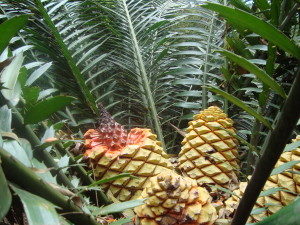
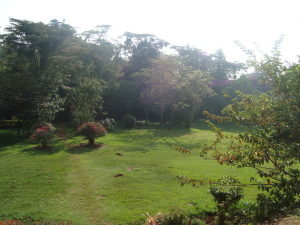
The tiny winged seeds disperse easily and germinate easily so have been planted to provide mulch, fodder, firewood and a windbreak. It grows fast and coppices well but, if left to maturity, it provides a good general purpose timber.
Trees in the Arboretum are labeled using this system. This will help identify specific trees throughout the arboretum.
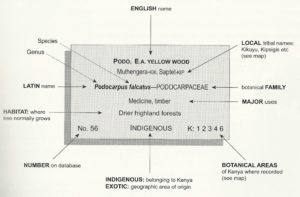
For a complete list of the trees available at the Nairobi Arboretum, take a look at our Arboretum Tree List.
